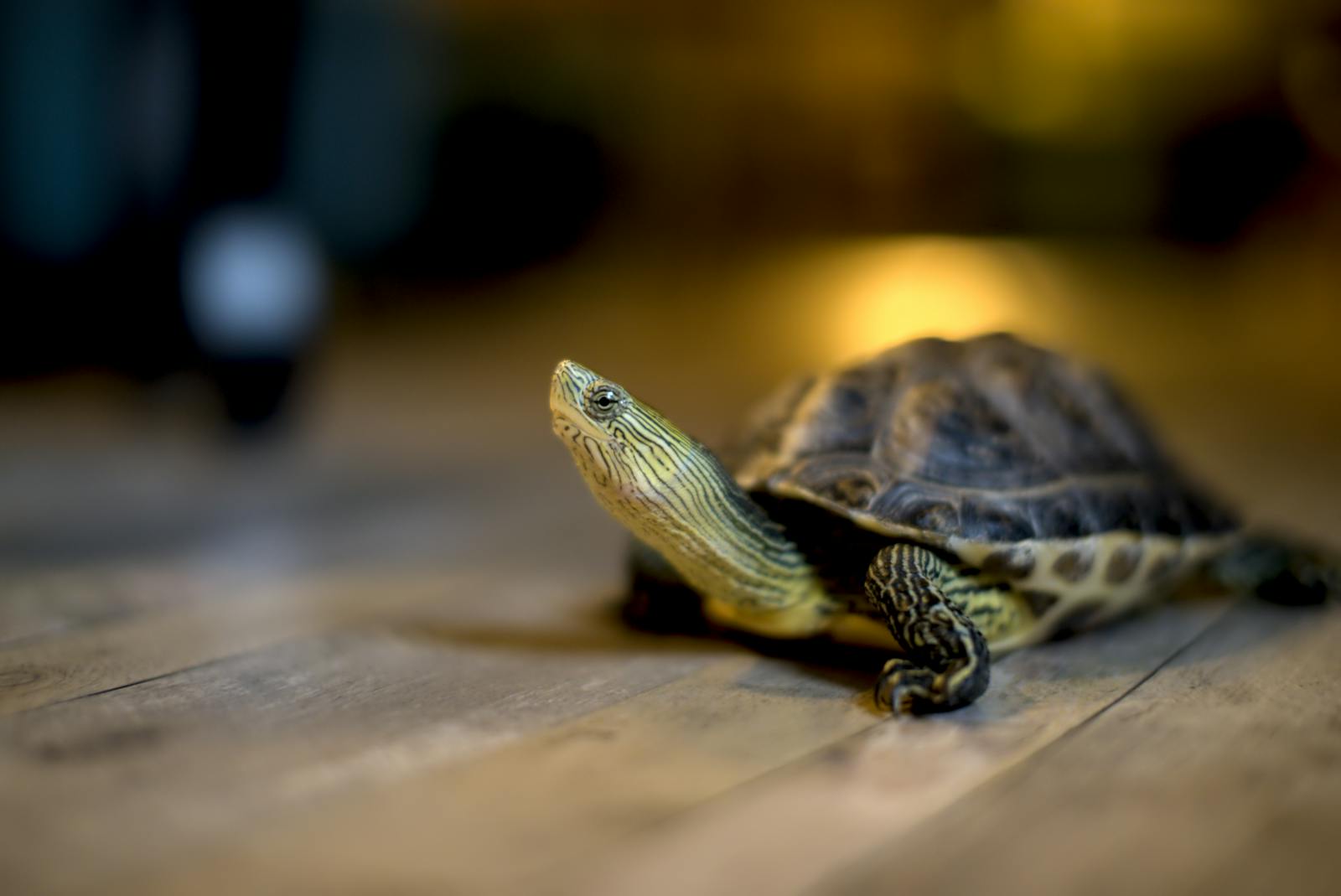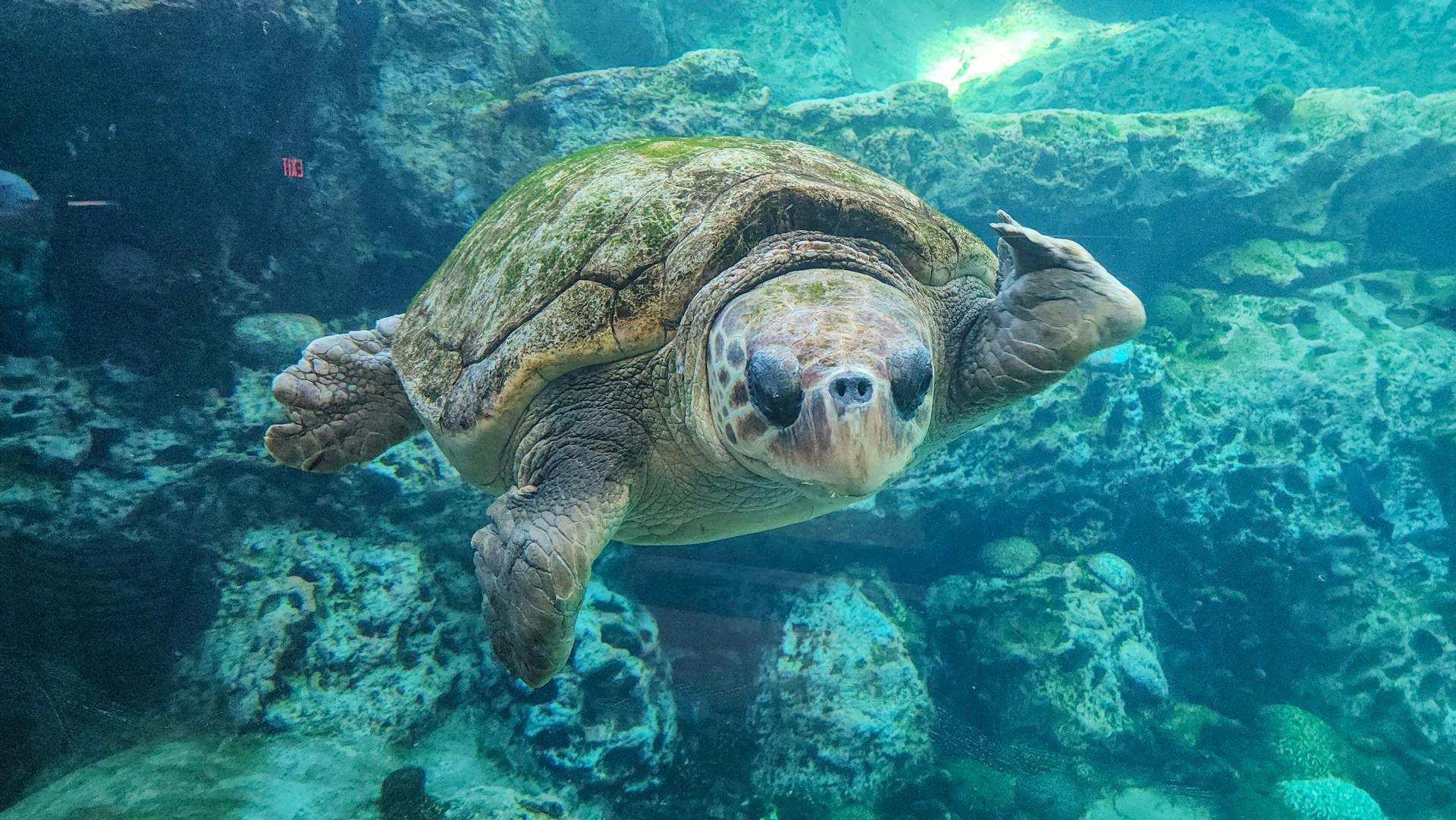Turtles and tortoises are fascinating creatures that have roamed our planet for millions of years, predating many species including humans. While these reptiles may appear similar at first glance, they represent distinct groups with remarkable differences in habitat, physical characteristics, behavior, and evolutionary adaptations. This distinction goes far beyond their shells, encompassing everything from their feet to their diets and lifespans. Even though both belong to the order Testudines, understanding their differences helps us appreciate their unique ecological roles and conservation needs. Whether you’re a wildlife enthusiast, a potential pet owner, or simply curious about these ancient creatures, this exploration will illuminate the fascinating distinctions between these often-confused reptilian relatives.
Taxonomic Classification: Where Science Places Them
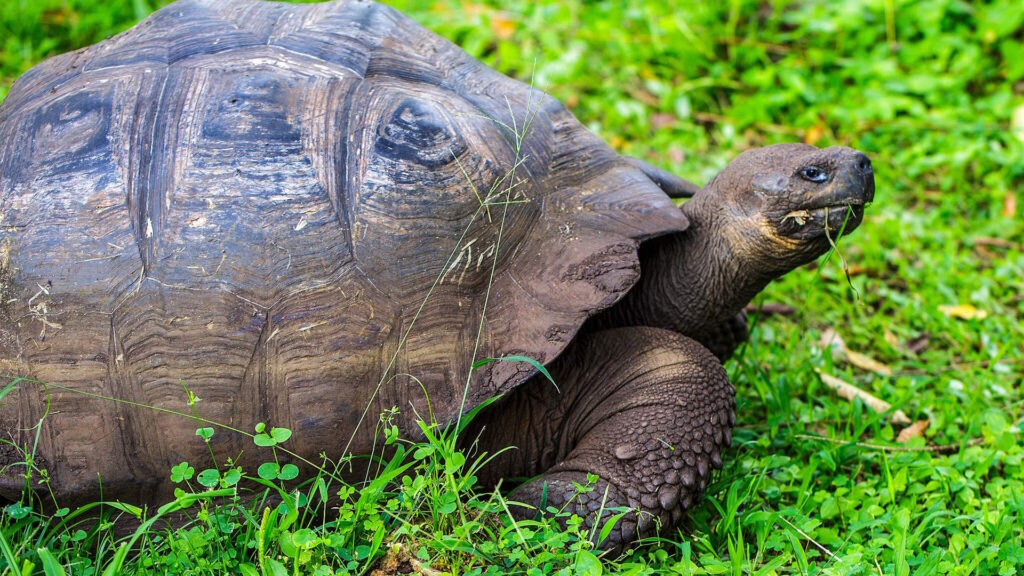
The scientific community classifies both turtles and tortoises within the order Testudines (or Chelonia), but they diverge at the family level. Tortoises belong exclusively to the family Testudinidae, which contains approximately 49 species distributed across several continents. Turtles, on the other hand, encompass several families including Emydidae (pond turtles), Cheloniidae (sea turtles), Trionychidae (softshell turtles), and others, collectively representing over 300 species worldwide. This taxonomic distinction reflects millions of years of evolutionary divergence, during which these reptiles developed specialized adaptations to different environments. Scientists estimate the Testudines order originated approximately 220 million years ago, making these reptiles some of the oldest vertebrate groups still in existence today.
Habitat Preferences: Water vs. Land
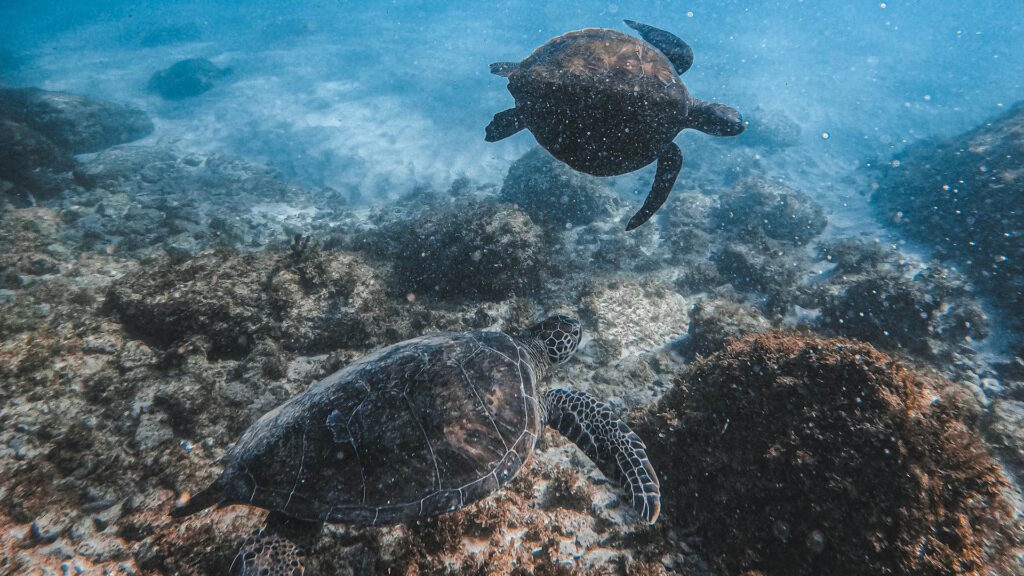
The most fundamental difference between turtles and tortoises lies in their habitat preferences, which have shaped virtually every aspect of their biology. Turtles are primarily aquatic or semi-aquatic creatures, spending most of their lives in freshwater environments such as ponds, lakes, rivers, and marshes, with sea turtles inhabiting marine ecosystems. Their bodies have evolved specifically for efficient swimming and underwater navigation, allowing them to remain submerged for extended periods. Tortoises, conversely, are strictly terrestrial animals adapted to life on land, often in arid environments including deserts, grasslands, and scrublands where water may be scarce. Some tortoise species, like the Galápagos tortoise, have even adapted to volcanic island environments, demonstrating their remarkable terrestrial specialization. This fundamental habitat difference explains many of the other distinctions between these two groups of reptiles.
Shell Structure: Adapted for Different Lifestyles

While both turtles and tortoises possess protective shells, their structure and shape differ significantly based on lifestyle requirements. Turtle shells are typically flatter, more streamlined, and lighter to facilitate swimming and reduce water resistance, with some freshwater species having shells that are almost pancake-flat. The shell consists of a carapace (upper portion) and plastron (lower portion) connected by bridges, with many aquatic turtles having anatomical adaptations that allow for better hydrodynamics. Tortoise shells, by contrast, are notably more domed, heavier, and more robust, providing maximum protection against predators and harsh terrestrial conditions. The high-domed shape of many tortoise shells, particularly evident in species like the leopard tortoise, creates additional space for the lungs to expand, supporting their active land-based lifestyle. The shell’s growth rings can often provide clues about age and growth conditions, especially in tortoises.
Limb and Foot Structure: Swimming vs. Walking

One of the most visually obvious differences between turtles and tortoises appears in their limbs, specifically designed for their different locomotion needs. Turtles have evolved webbed feet with long claws that function essentially as flippers or paddles, making them excellent swimmers but somewhat awkward on land. Sea turtles represent the extreme adaptation with their limbs fully transformed into flippers, allowing them to “fly” through water with remarkable grace and speed. Tortoises, adapting to terrestrial environments, have developed short, sturdy, elephantine legs with round, stumpy feet designed for supporting their considerable weight while walking on land. Their strong, columnar legs resemble those of miniature elephants, with flat foot pads and thickened scales that help distribute weight and provide traction on various surfaces. This stark difference in limb structure makes it relatively easy to distinguish between the two groups even at a glance.
Dietary Preferences: Omnivores vs. Herbivores
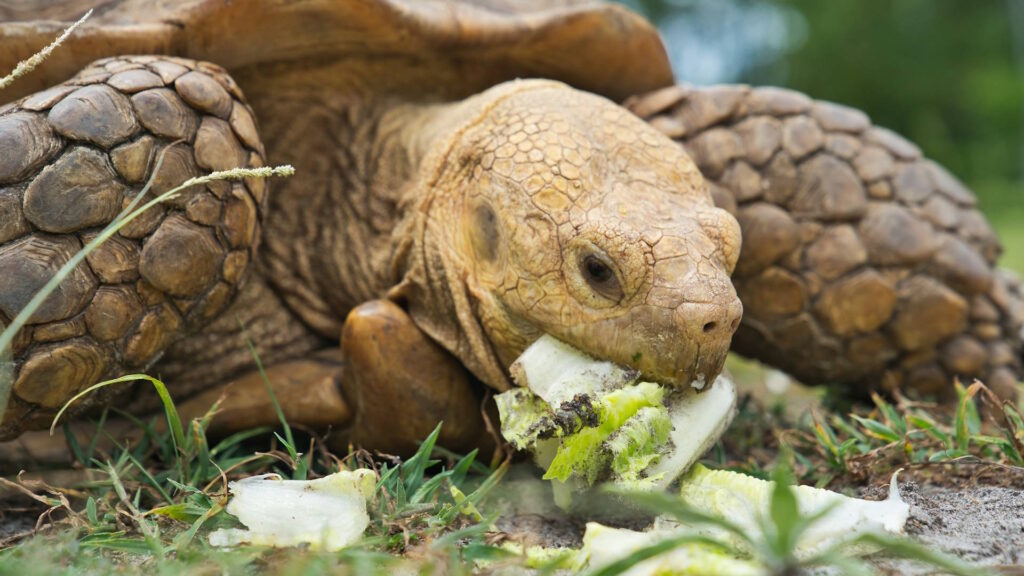
The feeding habits of turtles and tortoises reflect their different evolutionary paths and habitat adaptations. Most turtle species are omnivorous, consuming a varied diet that includes aquatic vegetation, insects, mollusks, small fish, and carrion, with their specific preferences often changing throughout their lifespan. Some specialized turtles like the alligator snapping turtle have evolved remarkable adaptations such as a worm-like tongue appendage to lure fish into their powerful jaws. Tortoises, by contrast, are predominantly herbivorous, subsisting primarily on terrestrial vegetation including grasses, weeds, leafy greens, flowers, and certain fruits. Their jaws are adapted specifically for cutting and crushing plant matter, with a ridged structure replacing actual teeth. These dietary differences extend to their digestive systems as well, with tortoises having specialized gut bacteria that help break down the high-fiber plant material that constitutes most of their diet.
Reproductive Strategies: Water-Dependent vs. Land-Based

Reproduction represents another area where turtles and tortoises display significant differences aligned with their habitat preferences. Turtles typically mate in water, with males of many species using specialized courtship displays involving head bobbing, fore-limb displays, or specific swimming patterns to attract females. Female turtles generally lay their eggs in carefully constructed nests on land, often traveling considerable distances from their aquatic homes to find suitable nesting sites with appropriate temperature and humidity conditions. Tortoises conduct their entire reproductive cycle on land, with males often engaging in combat with other males to establish dominance and earn mating rights. Female tortoises excavate relatively deep nests using their hind legs, depositing their eggs before covering them meticulously to protect them from predators and environmental extremes. Both groups typically exhibit no parental care after egg deposition, with the young being completely independent upon hatching.
Lifespan and Growth Patterns: The Race for Longevity

The lifespans of turtles and tortoises range dramatically across species, but tortoises generally claim the title for exceptional longevity among reptiles. Many tortoise species routinely live for 80-150 years in the wild, with documented cases of individuals surpassing 180 years, making them among the longest-lived vertebrates on Earth. The Aldabra giant tortoise and Galápagos tortoise are particularly renowned for their extraordinary lifespans, with some individuals surviving well into their second century. Turtles typically have shorter lifespans ranging from 20-40 years for many common species, though larger species like sea turtles may live 50-100 years under optimal conditions. Growth patterns differ as well, with tortoises generally growing more slowly but steadily throughout much of their lives, while many turtle species experience more rapid growth during their early years before reaching a plateau at maturity.
Size Variations: From Miniatures to Giants

The size spectrum across turtle and tortoise species demonstrates remarkable diversity, with tortoises typically growing larger on average. The smallest turtle, the speckled padloper tortoise of South Africa, measures just 4-5 inches in shell length when fully grown, weighing around 5 ounces. At the opposite extreme, the leatherback sea turtle can reach lengths of 6-7 feet with weights exceeding 1,500 pounds, making it the largest living turtle species. Among tortoises, the Galápagos giant tortoise stands as the size champion, with some individuals exceeding 5 feet in length and weighing over 550 pounds. The extinct Colossochelys atlas, a prehistoric tortoise that lived during the Pleistocene epoch, reached estimated sizes of 8 feet in length with a weight possibly exceeding 1,000 pounds. These size variations reflect adaptations to different ecological niches and environmental pressures across evolutionary time.
Conservation Challenges: Different Threats, Shared Vulnerabilities

Both turtles and tortoises face significant conservation challenges today, though the specific threats vary according to their different habitats and lifestyles. Turtles, particularly sea turtles, contend with ocean pollution, plastic ingestion, fishing bycatch, coastal development destroying nesting beaches, and poaching for meat, shells, and eggs. Freshwater turtles face habitat destruction through wetland drainage, water pollution, and collection for the pet and traditional medicine trades. Tortoises typically face threats from habitat loss due to agricultural expansion, urban development, and desertification, alongside poaching for the exotic pet trade where their docile nature makes them particularly vulnerable. Both groups suffer from climate change impacts, with altered temperatures affecting sex ratios in species with temperature-dependent sex determination, and changing precipitation patterns disrupting nesting success. Conservation efforts increasingly focus on habitat protection, anti-poaching measures, captive breeding programs, and addressing climate change impacts.
As Pets: Different Care Requirements
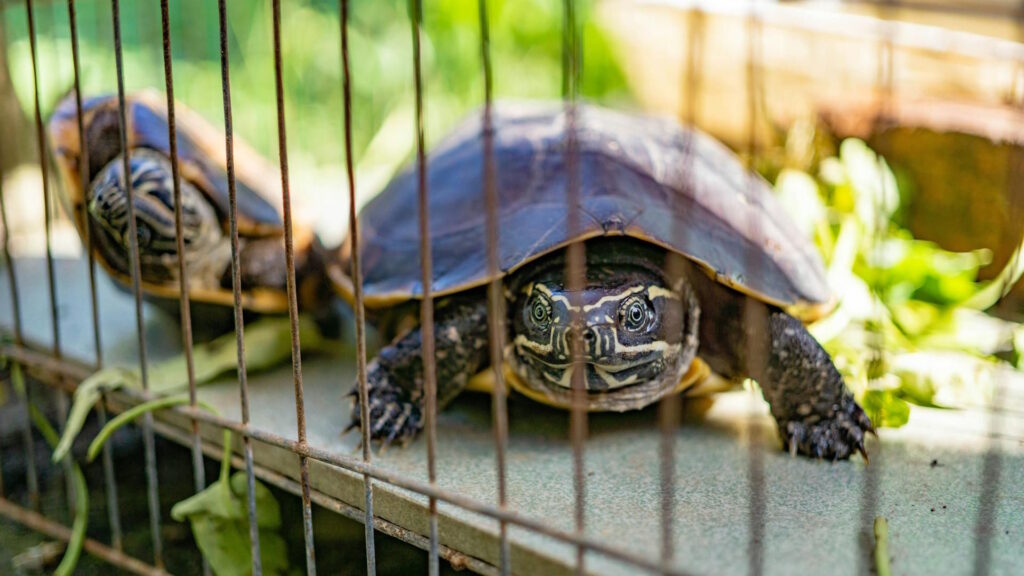
For those considering turtles or tortoises as pets, understanding their vastly different care requirements is essential for proper husbandry. Turtles generally require aquatic setups with appropriate filtration systems, water heaters, basking platforms, and UVB lighting to mimic their natural environment. Many popular pet turtle species, such as red-eared sliders, need tanks with water depths sufficient for swimming alongside dry areas for basking. Tortoises, being terrestrial, require spacious enclosures with substrate suitable for burrowing, proper humidity control, varied terrain, and protection from temperature extremes. Diet management represents another crucial difference, with most pet turtles requiring protein-rich foods alongside plant matter, while tortoises thrive on high-fiber, low-protein diets centered on appropriate greens and hay. Both require significant financial investment and long-term commitment, with many species potentially outliving their owners, necessitating advance planning for their care.
Cultural Significance: Symbols Across Civilizations

Throughout human history, both turtles and tortoises have occupied significant places in mythology, folklore, and cultural symbolism across civilizations. In many Asian cultures, particularly Chinese and Japanese traditions, turtles symbolize longevity, wisdom, and endurance, often appearing in art, literature, and architecture as symbols of good fortune. Native American traditions frequently feature the “World Turtle” or “Turtle Island” in creation myths, where North America rests on the back of a giant turtle swimming through cosmic waters. The ancient Greeks associated the tortoise with Aphrodite, while in Hindu mythology, the world is supported by four elephants standing on the back of a giant tortoise. Modern cultural appearances include the racing tortoise in Aesop’s fable “The Tortoise and the Hare,” emphasizing persistence over speed, and the Teenage Mutant Ninja Turtles in contemporary popular culture. These representations highlight humanity’s enduring fascination with these ancient reptiles.
Evolutionary History: Ancient Origins, Different Paths
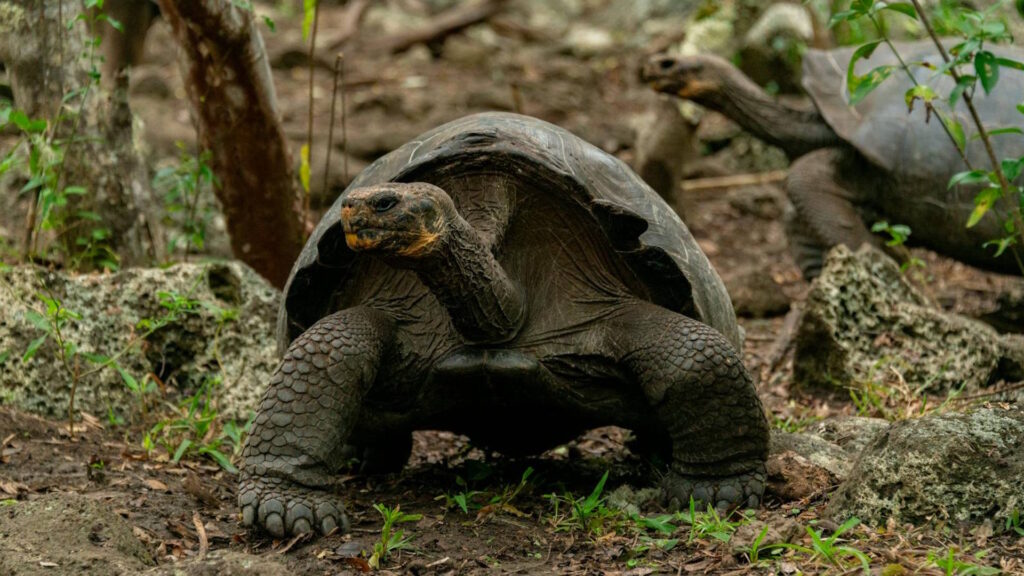
The evolutionary history of turtles and tortoises spans over 200 million years, with the earliest turtle ancestor Odontochelys semitestacea appearing in the fossil record during the Late Triassic period, already possessing a plastron but not yet a fully formed carapace. The first modern turtles emerged approximately 157 million years ago, while tortoises began their evolutionary divergence around 50-100 million years ago, specializing in terrestrial environments as Earth’s landscapes and climates changed. This long evolutionary history has allowed both groups to weather multiple mass extinction events that eliminated many other reptile groups, including the dinosaurs. Genetic studies reveal that despite their ancient origins, the rate of genetic change in turtles and tortoises has been remarkably slow compared to many other vertebrates, contributing to their conservative body plan that has remained largely unchanged for millions of years. This evolutionary success story demonstrates the effectiveness of their adaptations to respective aquatic and terrestrial niches.
Famous Examples: Celebrities of Their Kind

Certain individual turtles and tortoises have achieved fame through their remarkable stories, contributing to public awareness about these ancient reptiles. Perhaps the most famous tortoise was Lonesome George, the last Pinta Island Galápagos tortoise who became a conservation icon before his death in 2012 at an estimated age of over 100 years. Harriet, reportedly collected by Charles Darwin himself (though this claim is disputed), lived at Australia Zoo until 2006, reaching the impressive age of 175 years. Among sea turtles, Allison the one-flippered green sea turtle at Sea Turtle Inc. in Texas gained fame for swimming with a prosthetic flipper, highlighting rehabilitation efforts for injured marine reptiles. Jonathan, a Seychelles giant tortoise living on Saint Helena, holds the distinction of being the oldest known living land animal, hatched around 1832 and still active in 2023 at approximately 191 years old. These famous individuals have helped raise awareness about conservation issues facing their wild counterparts.
Identification Tips: Telling Them Apart
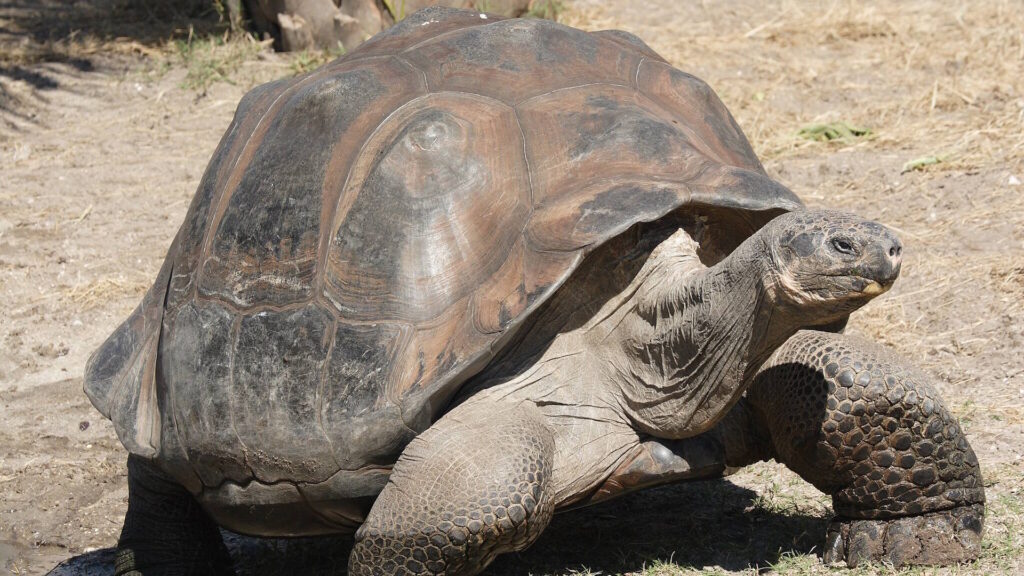
For non-experts, several quick identification methods can help distinguish between turtles and tortoises when encountered. First, examine the feet—webbed feet with visible claws indicate a turtle, while elephant-like, stumpy feet suggest a tortoise. Shell shape provides another clue, with the more dome-shaped, heavier shells belonging to tortoises, while flatter, streamlined shells typically characterize turtles. Habitat context offers an obvious indicator; any reptile swimming comfortably in water is almost certainly a turtle, not a tortoise, as tortoises are poor swimmers and may even drown in deep water. Size can sometimes help with identification in North America, where most native tortoises (except desert tortoises) grow larger than many common freshwater turtles. Behavior provides additional clues—tortoises move deliberately and slowly on land, while many turtles appear awkward and hurried during terrestrial movement, quickly seeking water when disturbed.
In conclusion, the differences between turtles and tortoises extend far beyond their shells, encompassing virtually every aspect of their biology, behavior, and ecological roles. From their distinct habitats and physical adaptations to their diets, reproduction, and conservation challenges, these reptiles have evolved along separate evolutionary paths while maintaining the iconic shelled form that makes them instantly recognizable. Understanding these differences not only satisfies our scientific curiosity but also informs proper conservation approaches and appropriate pet care for those who choose to keep these ancient creatures as companions. As we face growing environmental challenges, appreciating the unique adaptations of both turtles and tortoises reminds us of nature’s remarkable diversity and the importance of preserving it for future generations.



